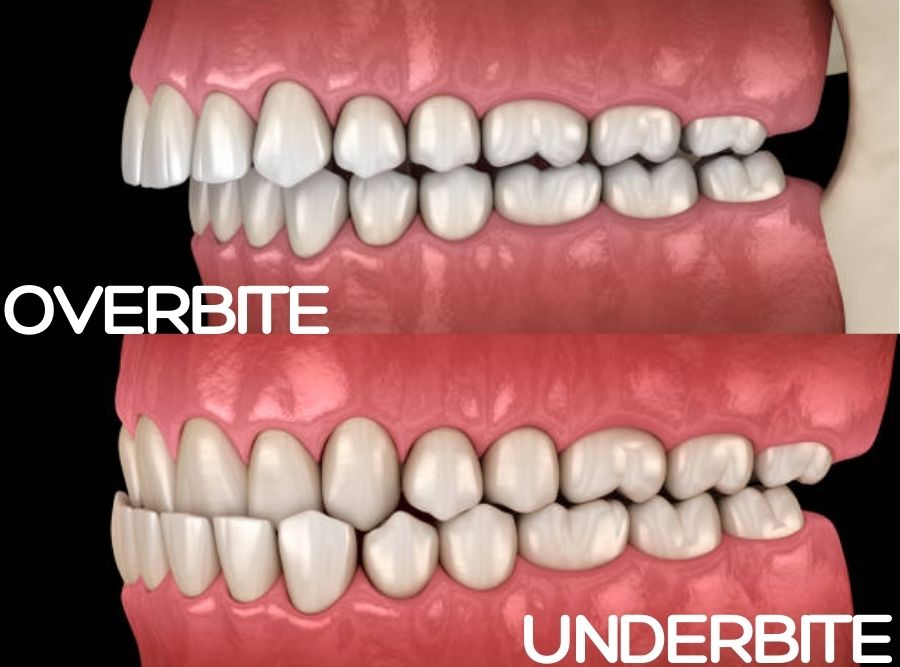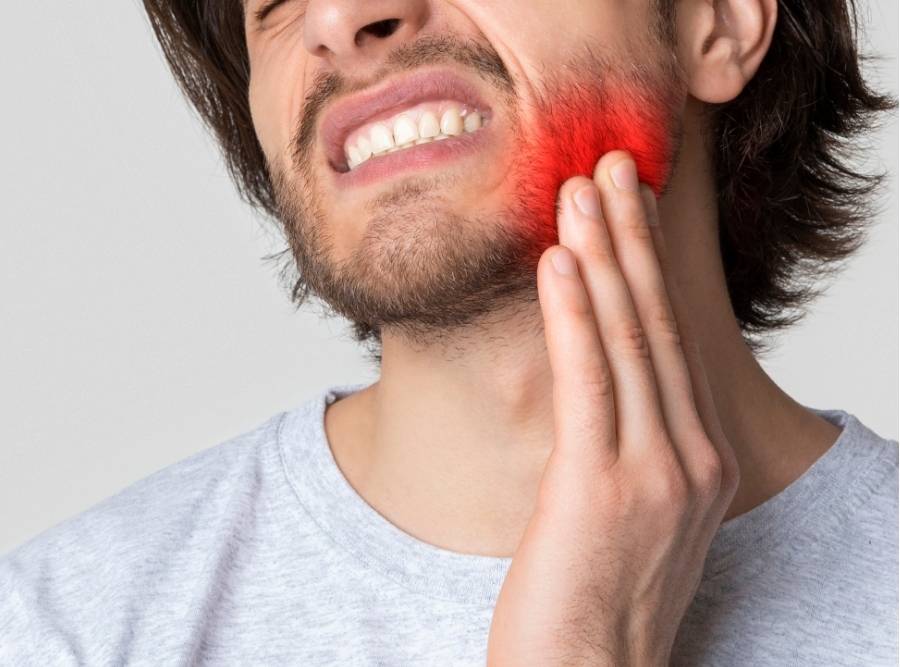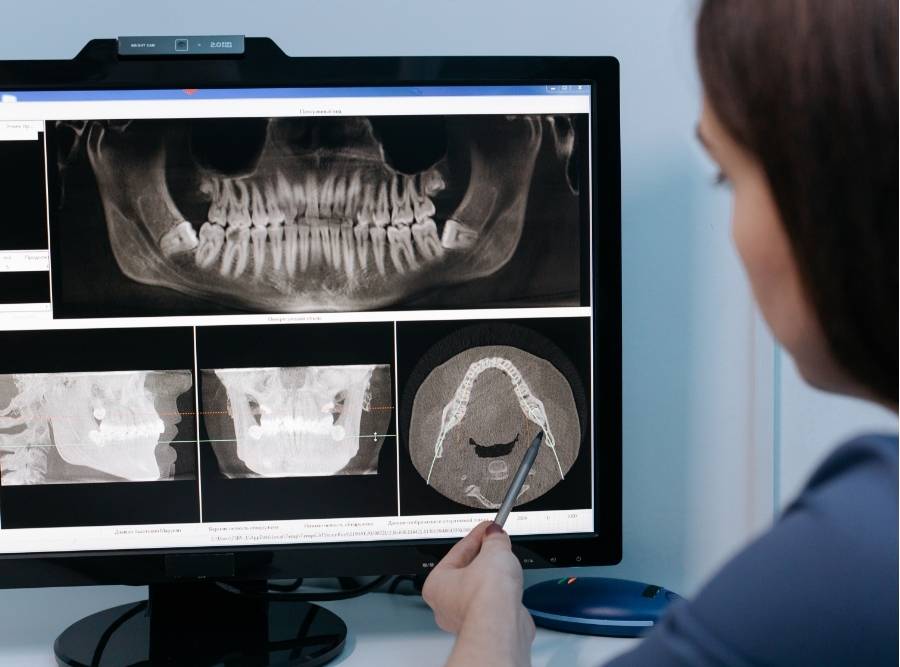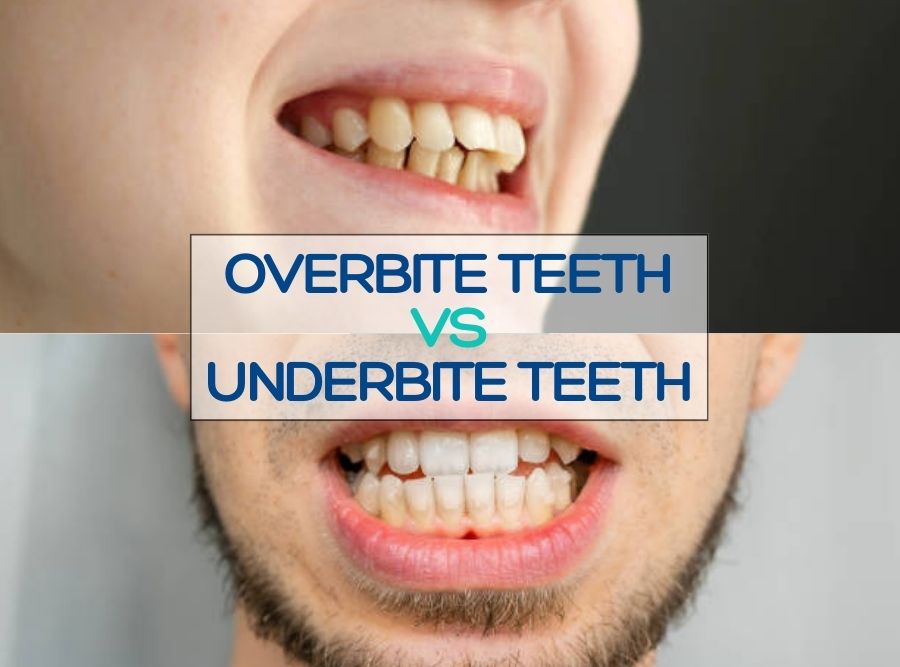At Miler Orthodontics in Bluffton SC, we see many patients who come to us because their bite doesn’t feel “right”, they may have an overbite or an underbite. These are among the most recognizable forms of malocclusion (bite misalignment), but they differ significantly in their causes, impacts, and optimal treatments. As a board-certified orthodontist, I want to share what we’ve learned in treating overbite and underbite cases right here in Bluffton, SC, so you, your children, or loved ones can understand what’s involved, when treatment is needed, and what options are available.
What are Overbite and Underbite?

Malocclusion is the general term orthodontic professionals use to describe any misalignment of the teeth and jaws. While some bite discrepancies are mild and mostly cosmetic, others can create functional challenges that affect everyday activities such as chewing, speaking, or even breathing. At Miler Orthodontics, we frequently see patients with two of the most recognizable types of malocclusion—overbite and underbite.
- An overbite occurs when the upper front teeth extend too far over the lower front teeth. A slight overbite is normal, most people’s upper teeth overlap their lower teeth by a small margin to ensure proper function. However, when the overlap is excessive, it can place undue pressure on teeth, gums, and jaw joints. Patients may notice issues like tooth wear, gum irritation behind the upper teeth, or difficulty closing the lips comfortably. Overbites can be dental in nature (caused by the positioning of teeth) or skeletal (due to jaw size and growth patterns), and are among the most common orthodontic concerns we treat.
- An underbite by contrast, is when the lower teeth extend in front of the upper teeth, often because the lower jaw has grown larger or further forward than the upper jaw. This type of bite imbalance can create challenges with biting into foods, affect facial appearance by making the chin appear more pronounced, and may lead to speech or chewing difficulties. Like overbites, underbites can stem from tooth position, jaw structure, or a mix of both.
Both overbites and underbites exist on a spectrum of severity. In some cases, they are primarily cosmetic and do not cause major functional issues. In others, they can contribute to long-term problems such as jaw discomfort, tooth wear, airway concerns, or temporomandibular joint (TMJ) disorders.
Causes of Overbite and Underbite
Bite problems rarely happen for a single reason. Instead, they are usually the result of a combination of genetics, habits, and developmental factors. Understanding what leads to an overbite or underbite helps us not only treat the condition effectively but also anticipate potential challenges in younger patients before they worsen.
Genetics
In many cases, the shape and size of your jaws and teeth are inherited traits. If one or both parents have a history of overbite or underbite, their children are more likely to develop similar bite patterns. For example, a child might inherit a smaller upper jaw from one parent and a larger lower jaw from the other, creating an imbalance that leads to an underbite. Genetics also influence jaw growth timing, which can further contribute to misalignment.
Childhood Habits
Early habits play a significant role in how teeth and jaws develop. Prolonged thumb-sucking, pacifier use, or extended bottle feeding can put forward pressure on the upper front teeth, gradually pushing them out of position and encouraging the development of an overbite. Similarly, tongue thrusting—when the tongue presses against the front teeth during swallowing—can affect bite alignment over time. Addressing these habits early can help reduce their long-term effects.
Early Tooth Loss or Delayed Tooth Eruption
When baby teeth are lost too soon due to decay or injury, the surrounding teeth can drift into the empty space. This shift may cause crowding, spacing problems, or disrupt the natural eruption path of permanent teeth, leading to misalignment. On the other hand, if baby teeth are retained for too long, they can block permanent teeth from coming in correctly, creating bite issues that resemble or worsen an overbite or underbite.
Jaw Injury or Growth Discrepancies
Sometimes, accidents or injuries to the jaw can alter growth and development, particularly in children whose bones are still forming. More commonly, though, bite discrepancies result from natural variations in jaw growth. If one jaw grows faster or slower than the other, it creates a skeletal imbalance. For example, an underdeveloped upper jaw or an overdeveloped lower jaw often results in an underbite. Conversely, an overdeveloped upper jaw relative to the lower jaw may cause an overbite. In more severe skeletal cases, traditional orthodontics may not be enough, and surgical orthodontics may be recommended to reposition the jaws for proper balance and function.
Why It Matters: Effects of Untreated Overbite or Underbite

Overbite or underbite aren’t just about appearance. Untreated bite misalignments can lead to:
- Tooth wear or damage (e.g. chips, enamel erosion) due to abnormal contact between teeth.
- Jaw pain, TMJ (temporomandibular joint) issues, headaches from strain on muscles and joints.
- Difficulties chewing, biting properly; may affect digestion or nutrition if extreme.
- Speech issues, especially when front teeth or jaw positioning interfere with tongue placement.
- Breathing problems or airway issues, especially in severe cases.
- Gum or soft tissue damage when teeth rub against gums or the roof of mouth.
Because of these potential complications, early detection and intervention are often beneficial. At Miler Orthodontics, we stress the importance of early orthodontic evaluation—around age 7, as recommended by orthodontic associations.
Diagnosing Overbite and Underbite in Bluffton

At your complimentary consultation at Miler Orthodontics (Bluffton location at 337 Buckwalter Place Blvd.), here is what we typically do:
- Clinical exam: We look at how your teeth align, how your jaws come together, and how your facial structure is shaped.
- X-rays and imaging: Often including CBCT 3D X-ray when necessary, to see bone structure, jaw growth, and tooth positions.
- Dental history and habits: Questions about sucking habits, oral breathing, childhood dental history.
- Growth assessment: If the patient is still growing (children or early teens), we assess jaw growth to decide what treatment path is best.
Treatment Options at Miler Orthodontics
Depending on the severity of the overbite or underbite, patient age, and whether the cause is dental or skeletal, there are several treatment approaches:
For Overbite
- Braces: Traditional metal braces or ceramic braces can correct many overbite cases by repositioning teeth.
- Clear Aligners (such as Invisalign or similar systems): Effective for mild to moderate overbite, especially when patient compliance (wearing them enough hours per day) is good.
- Herbst Appliance: This is a fixed device used especially in growing patients; it helps guide the lower jaw forward and upper teeth backward to reduce overbite. Treatment with Herbst appliance generally spans 12-18 months.
For Underbite
- Braces with auxiliaries or possibly elastics: Depending on whether the underbite is dental or skeletal.
- Surgical Orthodontics (orthognathic surgery): In more severe or skeletal cases, surgery may be required to reposition the jaws. Miler Orthodontics provides surgical orthodontic services for pronounced underbite among other complex bite issues.
Early Treatment
- For children (around age 7), early orthodontic treatment can significantly improve outcomes. For both overbite and underbite, intervening early can help guide jaw growth and prevent more severe issues later. This can reduce the complexity, duration, and invasiveness of future treatment.
How Long Treatment Takes & What to Expect
- Treatment duration depends on the severity of the misalignment, age, type of appliance, and whether skeletal correction is needed.
- For an overbite treated with a Herbst appliance, typical duration is 12-18 months.
- With braces or aligners, treatment may take anywhere from several months (for mild cases) to 2 or more years (for severe skeletal cases or when surgery is part of the plan).
During treatment, you can expect regular check-ups, adjustments, monitoring of bite alignment, and instructions on oral hygiene and care of appliances.
Why Choose Miler Orthodontics in Bluffton

At Miler Orthodontics, you’ll be treated by a board-certified orthodontist, Dr. Sherwood Miler, who has extensive experience in managing both dental and skeletal bite issues. Our practice offers a full spectrum of treatment options, including traditional metal braces, ceramic braces, clear aligners, the Herbst appliance, surgical orthodontics, and early orthodontic care. Every patient’s bite is different, so we rely on advanced imaging and comprehensive exams to create personalized treatment plans tailored to your unique anatomy, growth patterns, and lifestyle.
We also prioritize convenience and accessibility for our patients across the Lowcountry. We strive to make treatment affordable and stress-free by offering complimentary initial consultations, the latest in orthodontic technology, flexible payment options, and monthly plans that fit your budget. Choosing Miler Orthodontics means choosing trusted care, advanced solutions, and a team dedicated to helping you achieve a healthy, confident smile.
What You Should Do if You Suspect an Overbite or Underbite
- Schedule a consultation – Early evaluation is key. Even if you are not sure how severe the bite is, seeing us early allows for more options.
- Document what you notice – Snapping photos (front, side) of your bite, noting if you experience jaw pain, difficulty chewing, speaking, or any other functional concerns.
- Follow advice on habits – For young children, reducing thumb-sucking, limiting use of pacifiers, ensuring proper breathing (nose breathing vs mouth breathing) help reduce risk factors.
- Commit to the treatment – Some appliances require full-time wear or regular follow-ups; compliance is crucial especially with removable appliances like aligners.
Restoring Balance and Confidence With Expert Orthodontic Care
Overbite and underbite are more than cosmetic concerns—they can influence comfort, oral health, speech, jaw function, and facial harmony. At Miler Orthodontics in Bluffton & Beaufort, SC, we are dedicated to diagnosing these conditions accurately and providing treatment options that are tailored to each patient’s needs. Whether via braces, clear aligners, Herbst appliance, or, in severe cases, surgical orthodontics—our goal is to help you achieve a healthy, balanced bite and a confident smile.
If you think you or someone you love may have an overbite or underbite, don’t wait. Reach out to us for a complimentary consultation. Let’s start a plan that works for your smile—and lasts a lifetime.









